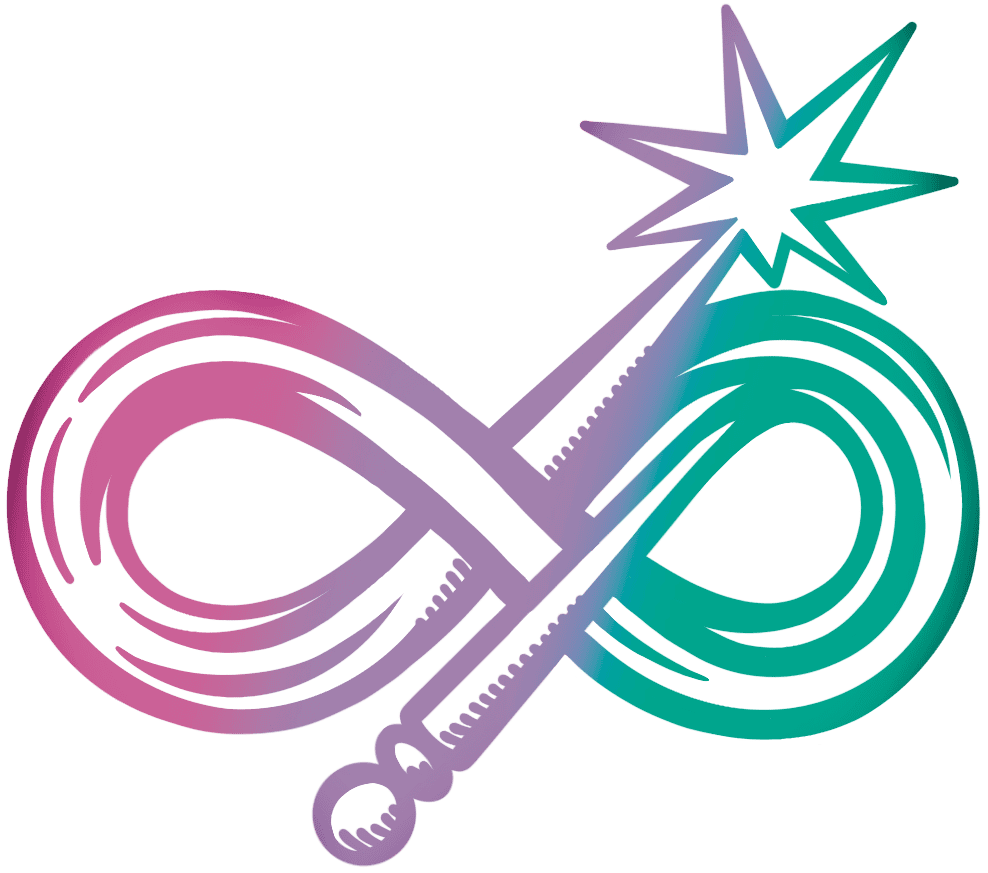Your cart is currently empty!
Witchcraft for Beginners: A Comprehensive Guide
Introduction
Witchcraft, a practice rooted in ancient traditions, is a journey of self-discovery, connection with the natural world, and personal empowerment. It encompasses a wide range of beliefs and practices, from honoring the elements to casting spells. Whether you’re drawn to the mystical or simply seeking a deeper connection with yourself and the universe, witchcraft can offer a rich and fulfilling experience.
History of Witchcraft
The origins of witchcraft can be traced back to prehistoric times. Ancient cultures around the world believed in the existence of magic and the power of shamans and medicine women to communicate with the spiritual realm. However, the term “witch” often carries negative connotations, stemming from the infamous witch hunts that occurred during the Middle Ages.
In recent decades, witchcraft has experienced a resurgence, with many people embracing its teachings and practices. Modern witchcraft, often associated with Wicca, is a diverse and inclusive movement that rejects the negative stereotypes of the past.
Basic Concepts of Witchcraft
One of the fundamental principles of witchcraft is the Wiccan Rede, which states, “Harm none, do as thou wilt.” This simple yet profound principle emphasizes the importance of ethical behavior and personal freedom.
The Three Laws of Witchcraft are another important concept. These laws state:
- Thou shalt give no harm, nor suffer it to be done to thee.
- Thou shalt use all things in moderation, lest thou suffer the consequences.
- Thou shalt give back unto the universe that which thou hast received.”
These laws emphasize the importance of balance, reciprocity, and avoiding harmful intentions.
The Wheel of the Year is a concept that represents the cyclical nature of life and the changing seasons. It is celebrated through eight Sabbats throughout the year, including Yule (Winter Solstice), Imbolc (Candlemas), Ostara (Spring Equinox), Beltane, Midsummer (Summer Solstice), Lammas, Mabon (Autumn Equinox), and Samhain (Halloween).
Witchcraft Tools and Supplies
While witchcraft can be practiced without any physical tools, many witches find that certain items can enhance their rituals and connection with the spiritual realm. Some common tools include:
- Altar: A designated space for performing rituals and meditation.
- Wand: A tool used for directing energy and casting spells.
- Athame: A ceremonial blade used for cutting cords or directing energy.
- Chalice: A cup used for holding water or other liquids.
- Cauldron: A vessel used for mixing potions or holding offerings.
Other optional tools may include a broom, besom, crystals, herbs, oils, and amulets. The specific tools you choose will depend on your personal preferences and the type of witchcraft you practice.
Understanding the Elements
The four elements—earth, air, fire, water—are fundamental to witchcraft and play a significant role in many rituals and practices. Each element represents different aspects of life and can be incorporated into your witchcraft practice in various ways.
- Earth: Grounding, stability, and abundance.
- Air: Communication, intellect, and inspiration.
- Fire: Passion, transformation, and protection.
- Water: Emotion, intuition, and healing.
By understanding the correspondences and symbolism associated with each element, you can choose the appropriate tools and techniques to align your witchcraft practice with your desired outcome.
Connecting with the Natural World
Witchcraft is often associated with a deep connection to the natural world. Honoring the seasons, working with nature spirits, and connecting with animals are all important aspects of many witchcraft practices.
Spending time in nature can help you feel grounded, centered, and connected to the Earth’s energy. You can also learn about the properties of different plants, herbs, and trees, and incorporate them into your rituals and spells.
Meditation and Visualization
Meditation and visualization are essential tools for spiritual growth and development. Through meditation, you can cultivate mindfulness, reduce stress, and connect with your inner self. Visualization can be used to create mental images of your desired outcomes and manifest your intentions.
There are many different meditation techniques, including guided meditation, mindfulness meditation, and visualization meditation. Experiment with different techniques to find what works best for you.
Ethical Considerations
It’s important to approach witchcraft with ethical considerations in mind. A fundamental principle in witchcraft is the law of three, which states that whatever you send out into the universe will return to you threefold. Therefore, it’s essential to use your magical abilities responsibly and avoid harmful intentions.
Additionally, respecting the free will of others is crucial. While you can cast spells to influence your own life, it’s important to avoid manipulating or controlling the choices of others.
Conclusion
Witchcraft is a rich and diverse practice that offers a path to personal growth, self-discovery, and connection with the natural world. By understanding the basic concepts, tools, and techniques, you can embark on your own witchcraft journey and explore the magic that lies within you.

Leave a Reply